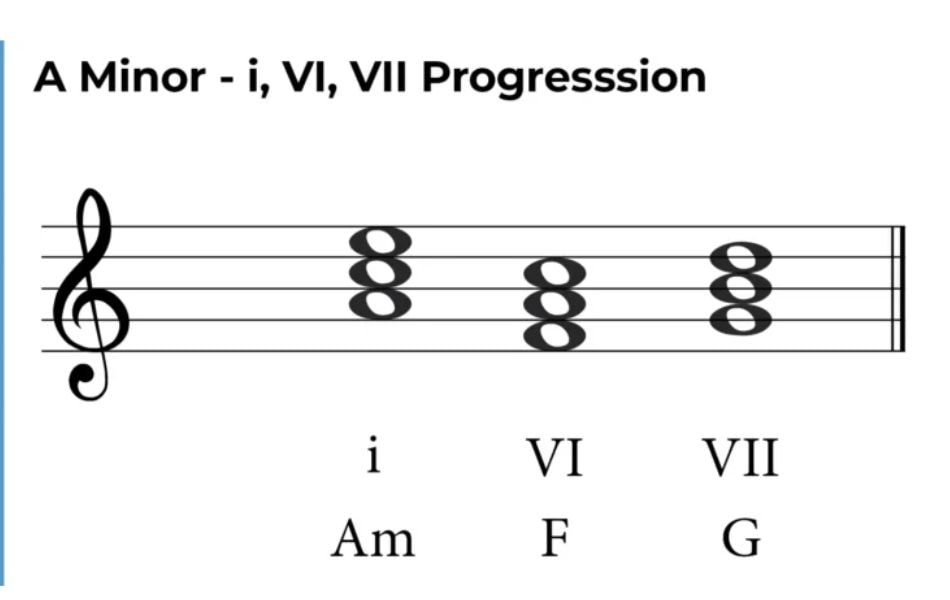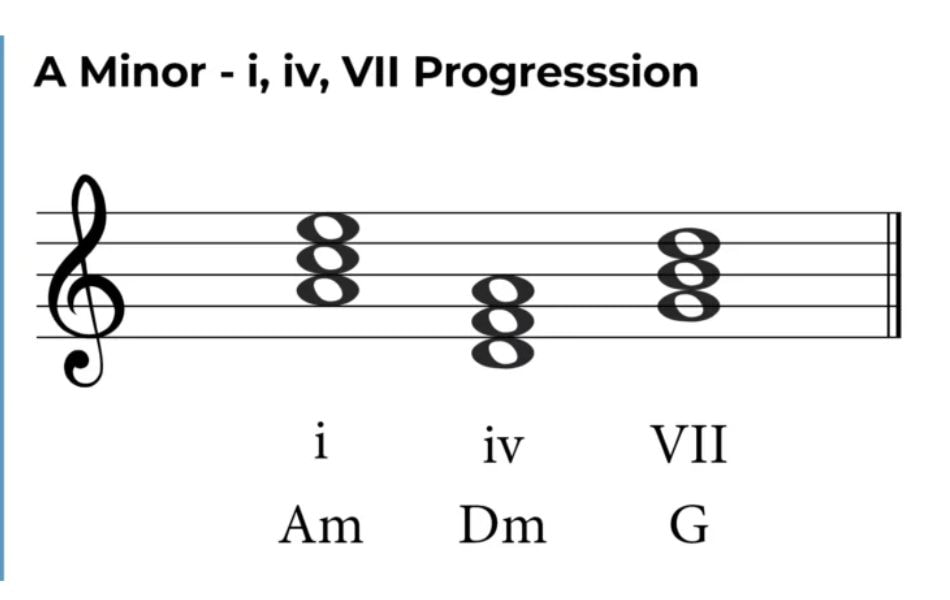A Minor Chord Progression Guitar Tutorial
Exploring the depths of musical emotion and creativity, the A Minor Chord Progression unveils a world of melancholic beauty. Whether you're a novice strummer or a seasoned guitarist, this guide will walk you through the captivating journey of A minor chord progression guitar. It's a gateway to crafting soulful melodies, from somber serenades to heartfelt ballads. Join us on this musical adventure as we unlock the secrets of A minor chord progressions on the guitar
What is A minor chord progression guitar?
A minor chord progression guitar is a sequence of chords or musical notes arranged in a specific order to create a piece of music or a musical section. Chord progressions are commonly used to structure a song or a piece of music, enabling the player or composer to know when to switch to a new chord during performance.
The A minor chord progression on the guitar typically includes the following chords:
Am (A minor): The A minor chord is a basic chord with the structure A - C - E. This is the root chord of the A minor guitar chord progression.
An A minor guitar chord progression can start with the A minor chord (Am), then move to the D minor chord (Dm), followed by E minor (Em), and may end with G major (G). However, chord progressions can vary according to the player's or composer's preference and may include various other chords to create musical diversity and variation.
Learning how to arrange and use an A minor guitar chord progression is an essential part of developing guitar-playing skills and music composition. It helps build the structure of music and creates exciting musical compositions.

How to build A minor guitar chord
To build A minor chords, you'll typically start with the root note, which is A, and then add the other notes according to the structure of a minor chord. The basic structure of a minor chord consists of the root note, the minor third, and the perfect fifth.
Here's how to build A minor chords step by step:
Start with the Root Note (A): The root note of the A minor chord is A itself.
Find the Minor Third: To build a minor chord, you need to locate the note that is a minor third above the root. In the case of A minor, the minor third is C. So, add the note C to your A root note.
Add the Perfect Fifth: The final note you need to add is the perfect fifth, which is an E in the case of A minor. Include the note E with your A and C. So, the A minor chord consists of the notes A, C, and E. When played together, these notes create the A minor sound.
Music genres use Am chord progression
People use the A minor chord progression guitar in various situations and types of songs depending on the musical goals and emotions they want to convey. The A minor chord progression is often used in the following contexts:

Sad and Melodic Songs
A minor has an emotional, melancholic, and deep sound, making it a common choice for ballads, sad songs, or melodies that express negative emotions.
Folk and Traditional Music
A minor is frequently used in folk and traditional music, especially in songs that tell stories or convey the sentiments of the people.
Rock and Pop Music
The A minor chord progression is often found in rock and pop music, particularly in songs where the composer aims to create a musical tone that is not overly bright.
Latin and Flamenco Music
A minor is used in Latin and Flamenco music to create the typical mood and emotions of these genres.
Blues
The A minor chord progression is common in blues music, especially when combined with dominant 7th chords to create a bluesy musical tone.
We hope you've discovered the power and versatility of this emotive A minor chord progression guitar sequence. The world of music is a canvas waiting for your unique strokes, and minor progressions provide a palette of melancholy and depth. So, go ahead and strum, experiment, and create melodies that stir the soul.








